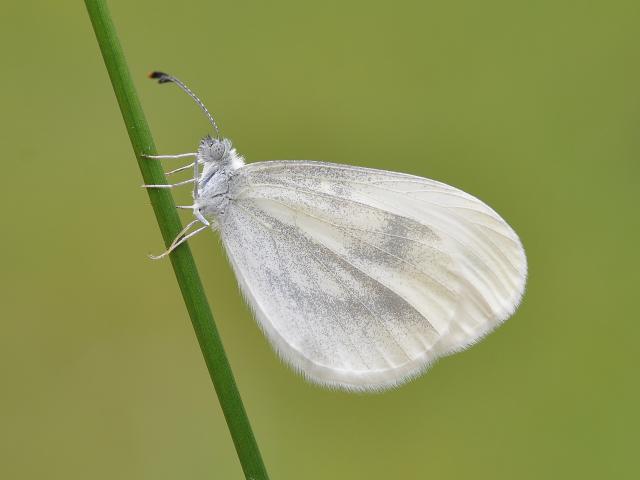
Wood White
A large, strong flying butterfly. The brilliant white wings have black tips to the forewings, extending down the wing edge. Females have two spots on the forewings, which is not present in males. The undersides are a creamy white with two spots.
The larvae feed on wild or cultivated species of the Cruciferae family, with a strong preference for cultivated varieties of Brassica oleracea, such as Cabbage and Brussel-sprouts and varieties of B. napus such as Oil-seed Rape. Nasturtium (Tropaeolum majus) and Wild Mignonette (Reseda lutea) are also used, as is Sea-Kale (Crambe maritima) along the coast.

This common butterfly is found in a variety of habitats, particularly gardens and allotments where cabbages are grown.
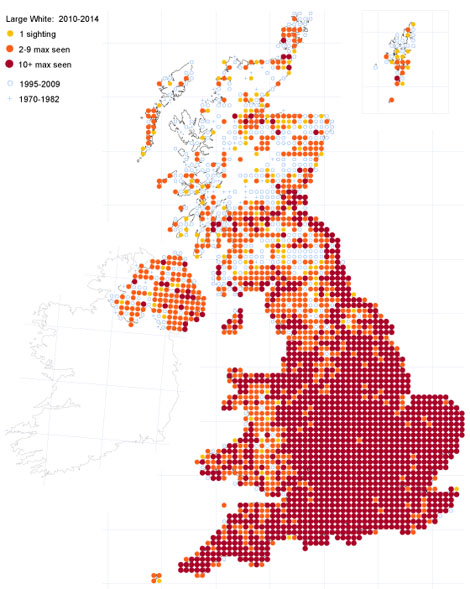
-3.jpg)
Dean Morley
Dean Morley
.jpg)
Steve Maskell
Steve Maskell
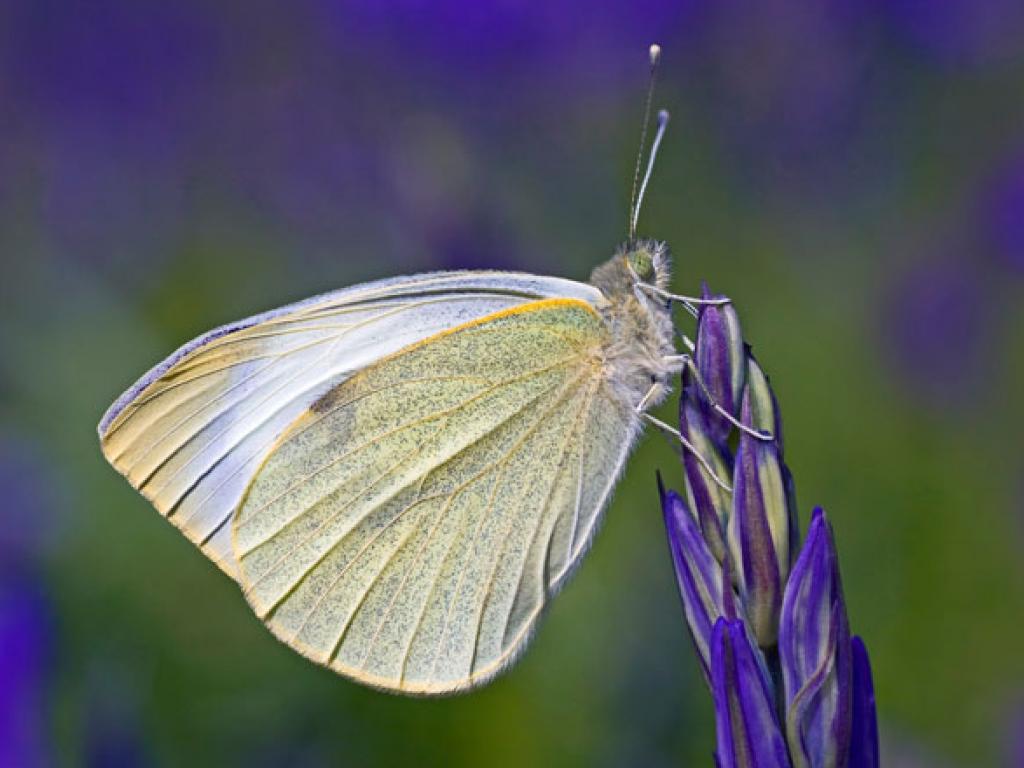
Matt Berry
Matt Berry

Andrew Cooper
Andrew Cooper
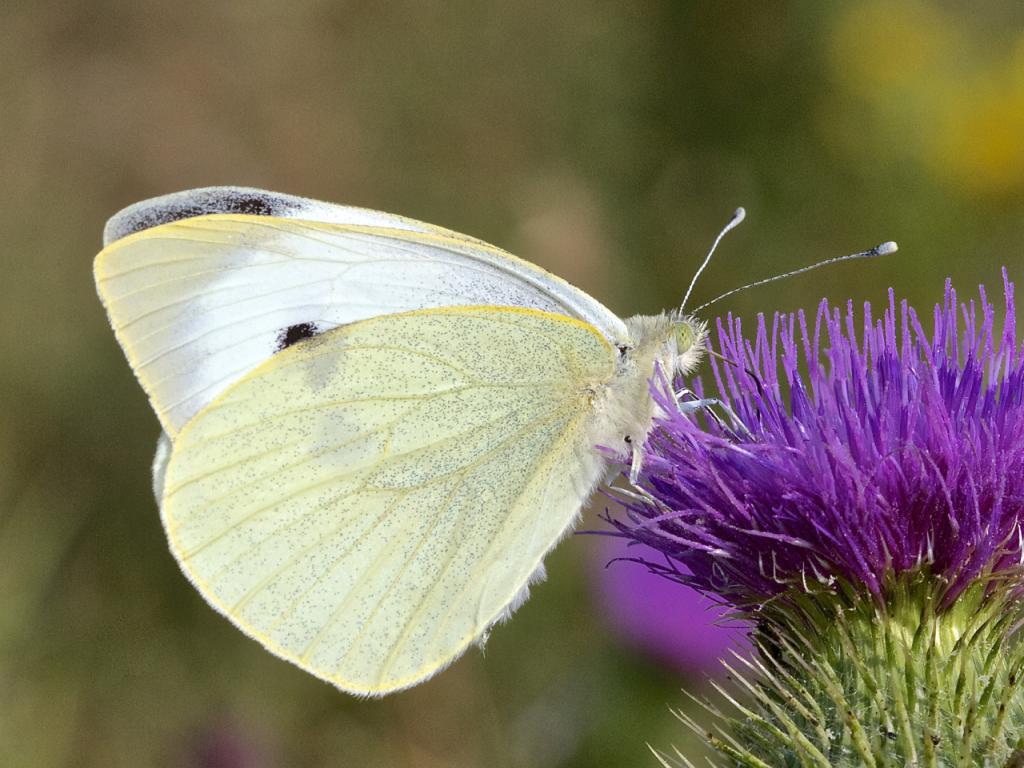
John Murray
John Murray
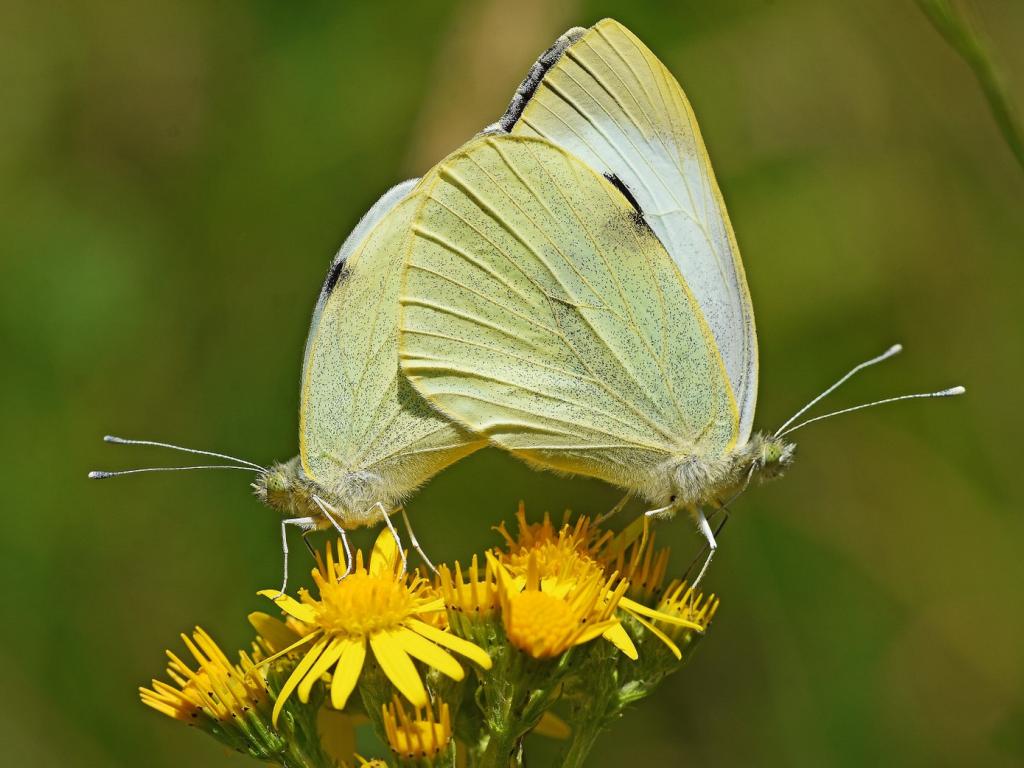
Mark Pike
Mark Pike
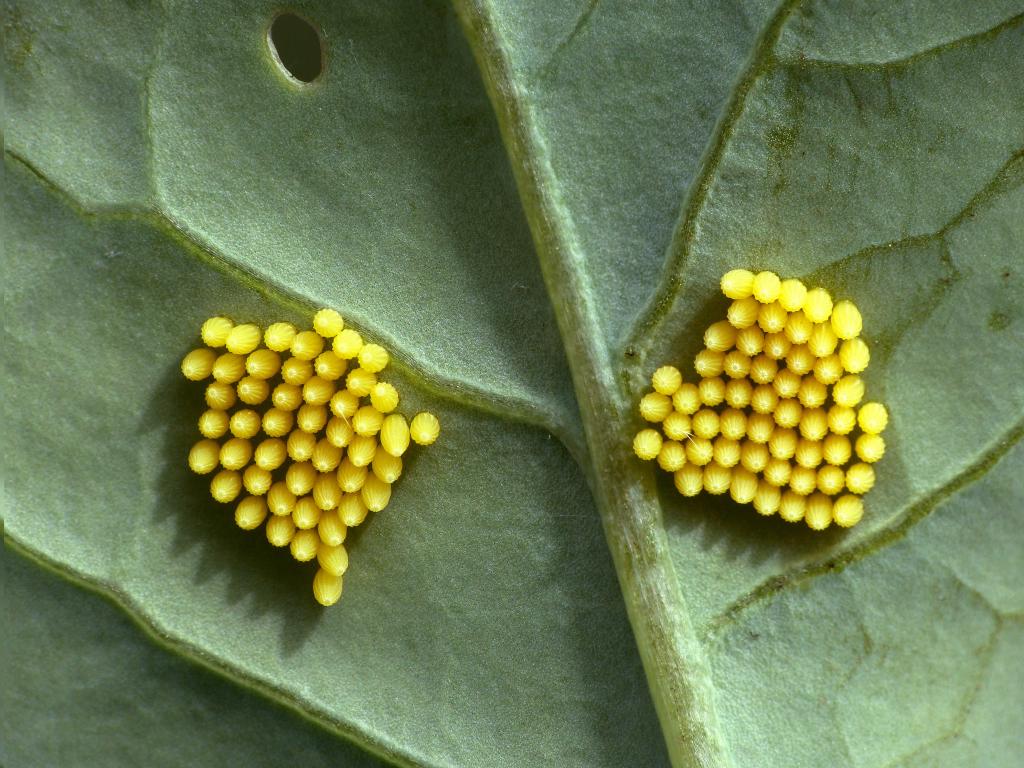
Dean Morley
Dean Morley
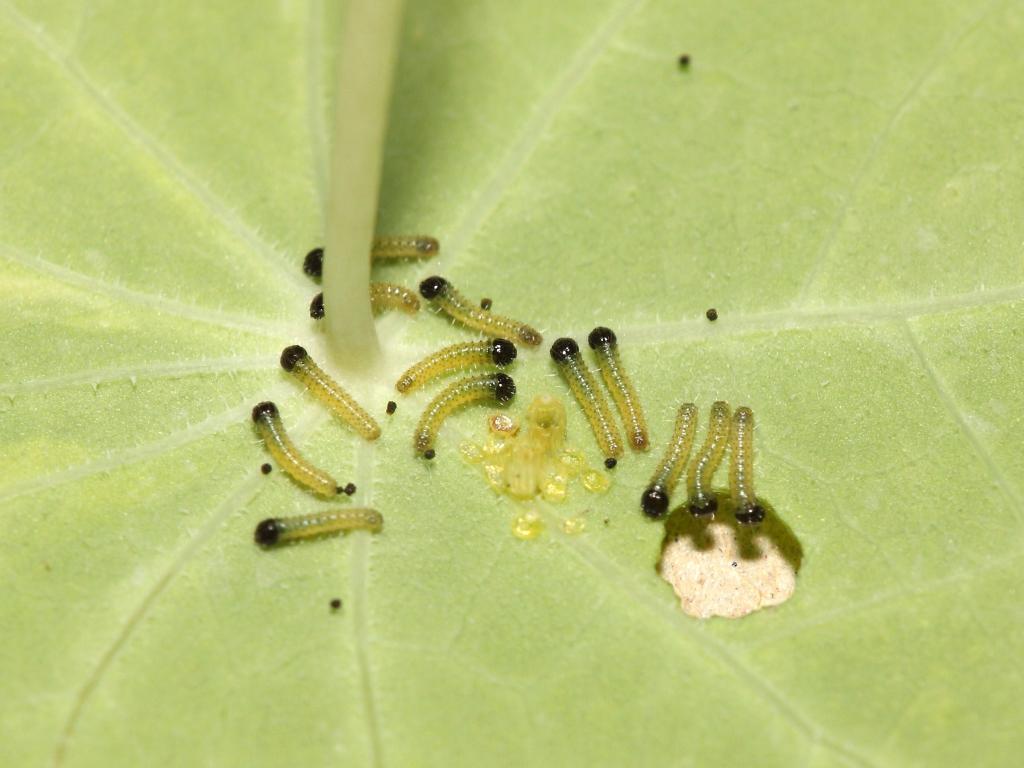
Dean Morley
Dean Morley
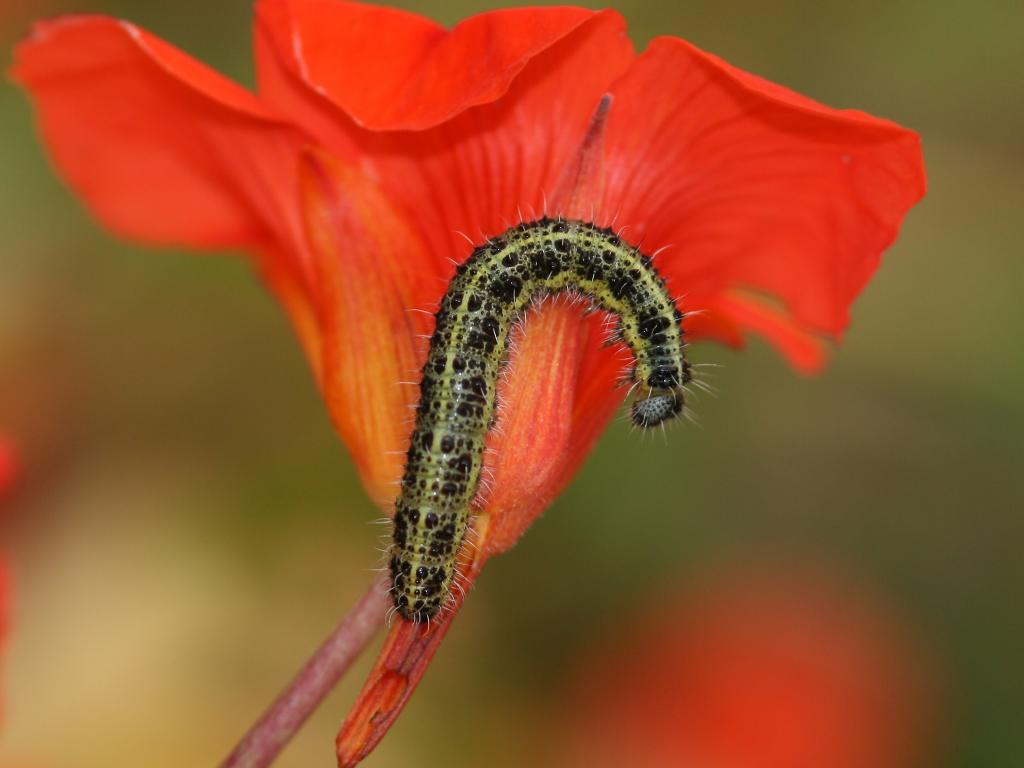
Dean Morley
Dean Morley
.jpg)
Dean Morley
Dean Morley
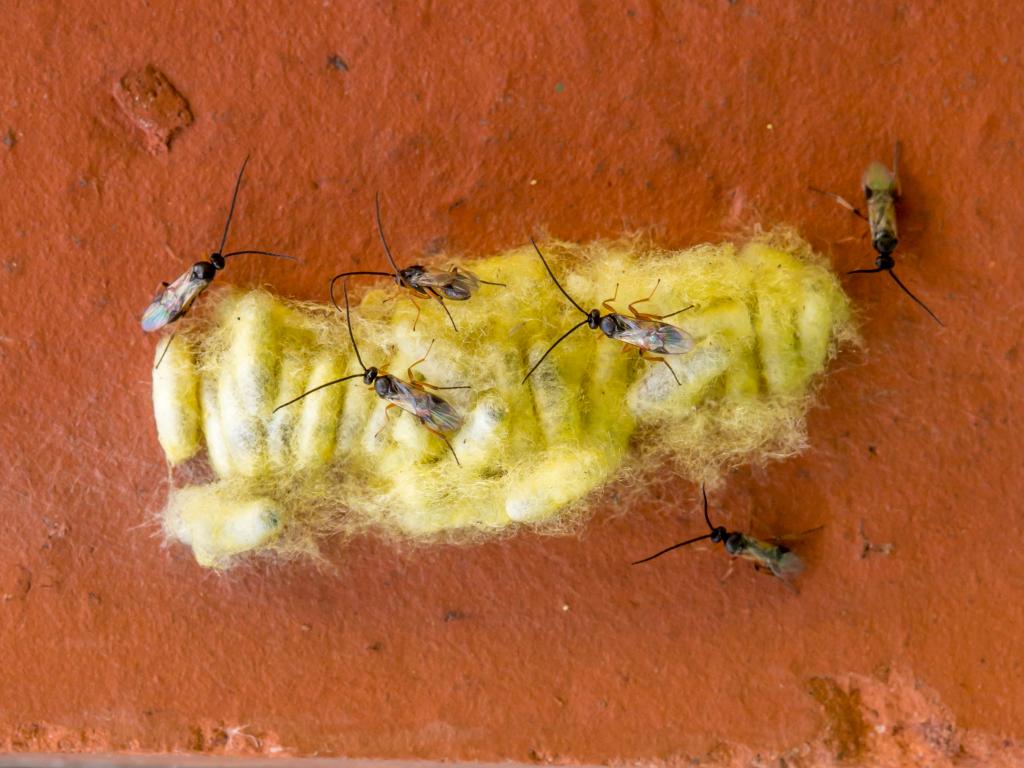
Derek Parker
Derek Parker
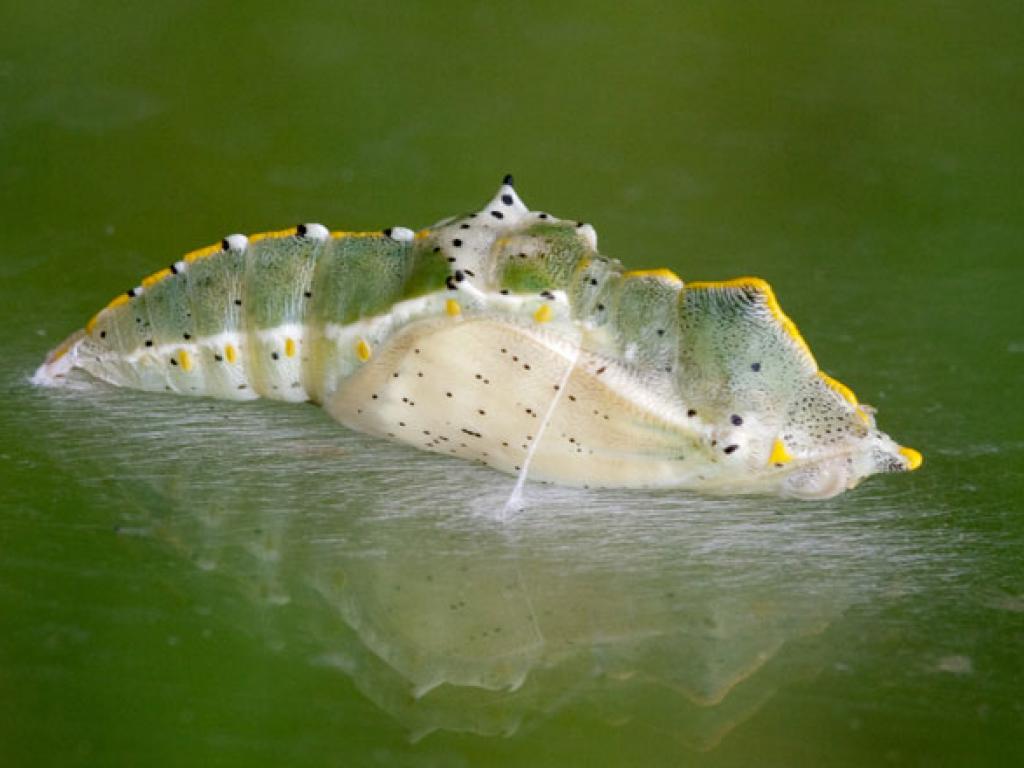
Peter Eeles
Peter Eeles